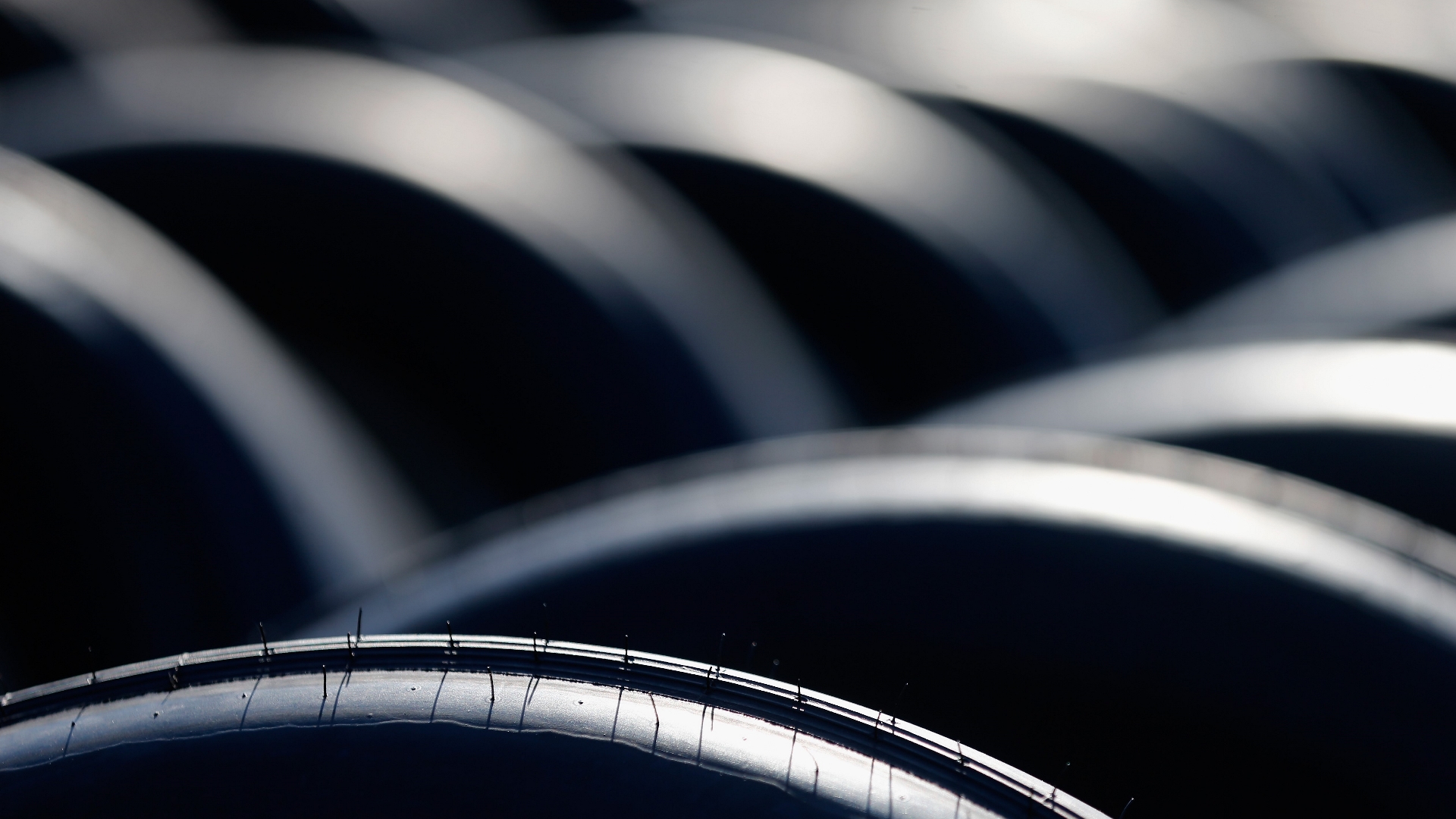

Run-flat tires are nothing new, but Harvard University’s John A. Paulson School of Engineering and Applied Sciences (SEAS) has redefined the term—by inventing a new kind of rubber that actually heals itself. We’ve seen self-healing materials before, but in a solid, dry material like rubber? That’s a whole new ball game.
The self-healing rubber that SEAS is working on incorporates science from self-healing, water-based hydrogels. In self-healing hydrogels, the net-like molecular structure can spontaneously form new bonds when old bonds are broken. It’s not much different than the way flesh heals when wounded.
Currently, self-healing hydrogels are used in the medical field for tissue engineering and regeneration. SEAS figured out that tough materials like rubber could heal themselves when punctured if both reversible bonds and covalent or molecular bonds could be incorporated. Unfortunately, the two types of bonds normally don’t play well together. So the brilliant Harvard researchers came up with a molecular rope called “randomly branched polymers” which holds the two types of bonds together.
So, what does this mean for tires? “Imagine that we could use this material as one of the components to make a rubber tire,” said visiting Sichuan University professor Jinrong Wu. “If you have a cut through the tire, this tire wouldn’t have to be replaced right away. Instead, it would self-heal while driving enough to give you leeway to avoid dramatic damage.”
In layman’s terms, we’ll be able to make tires out of magic and they’d heal themselves from cracking and puncturing. Not only would this be good in emergency situations, but you’d probably get a lot more life out of self-healing tires. If they can patch up their own cracks, they should theoretically be able to eat up more miles. Commercial application for self-healing rubber is still a long way off, but this is an exciting development nonetheless.